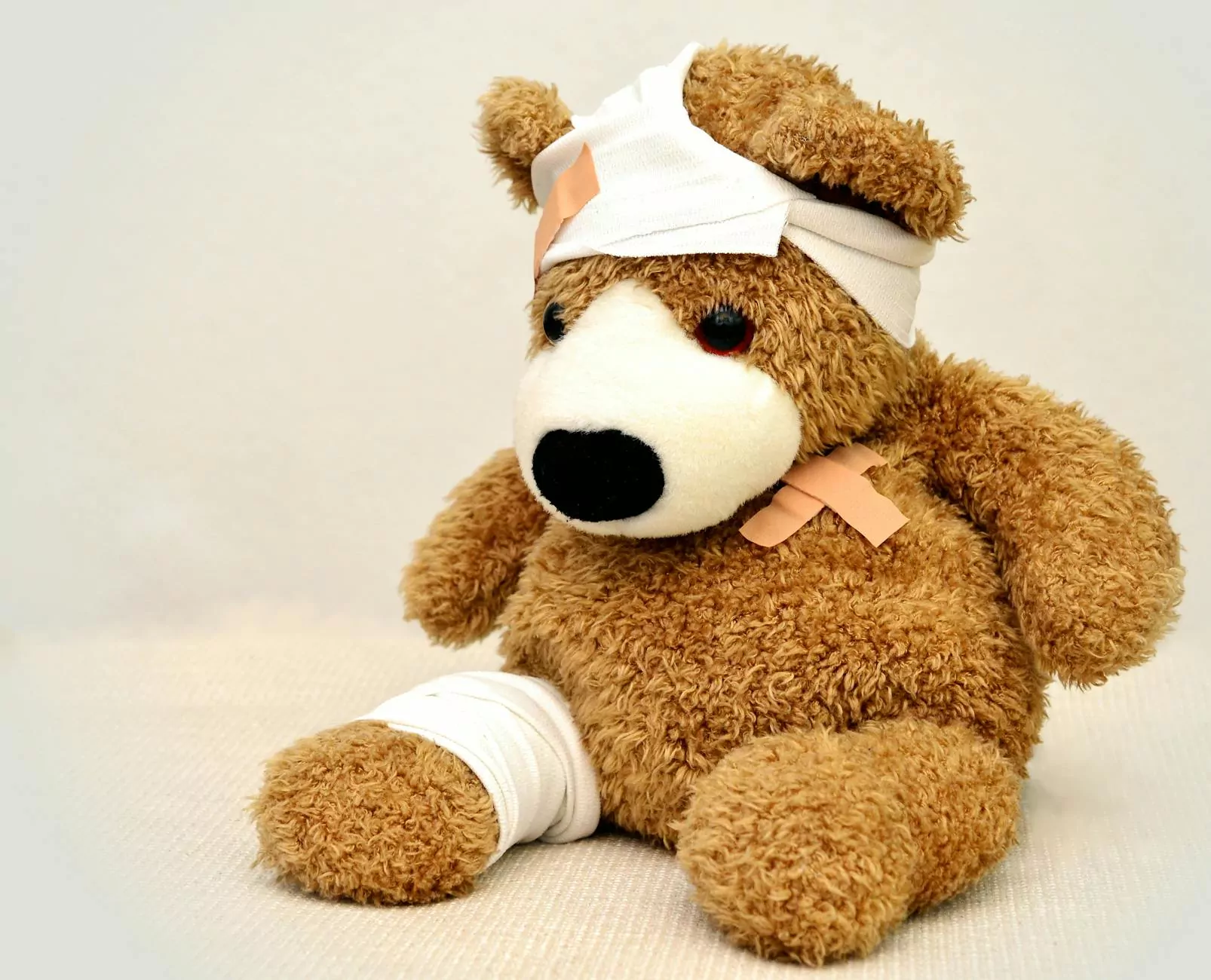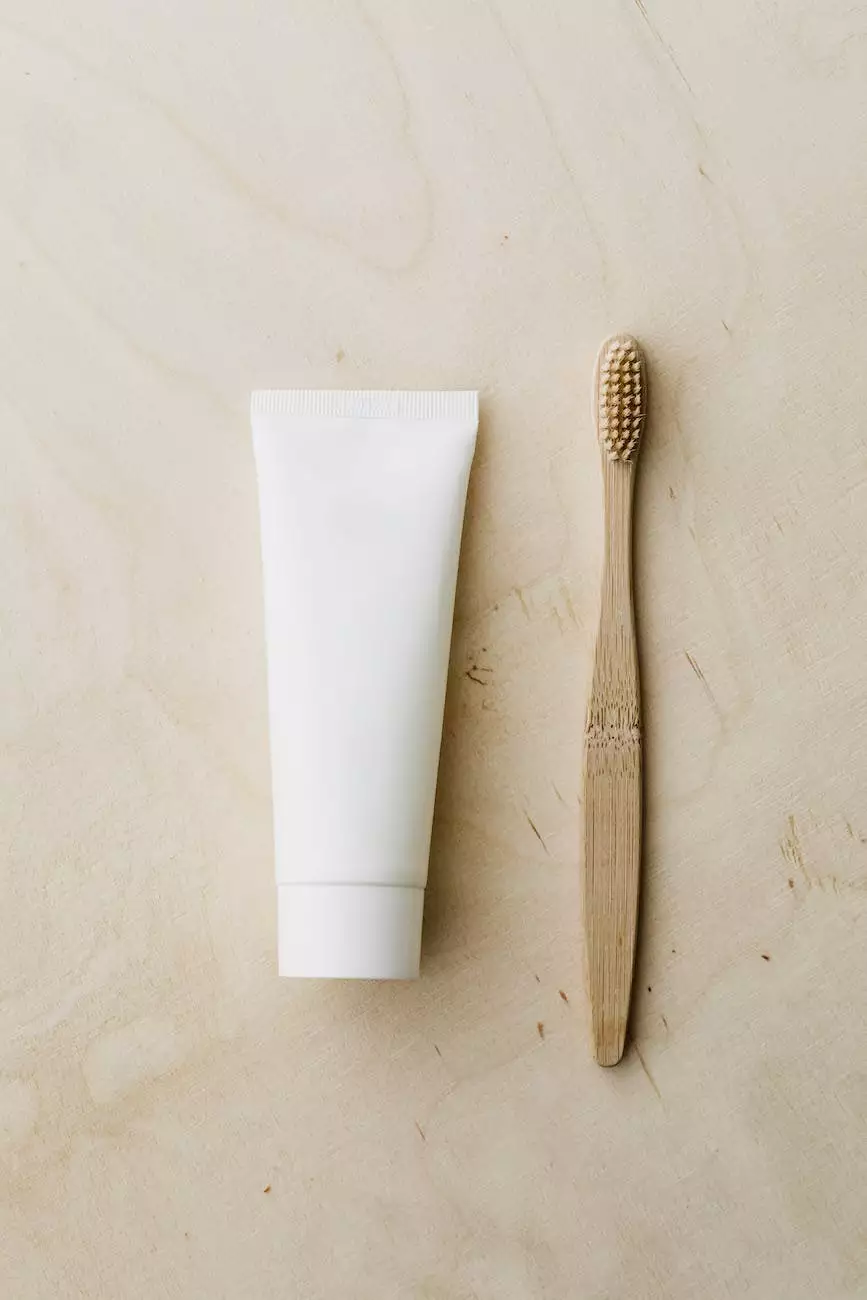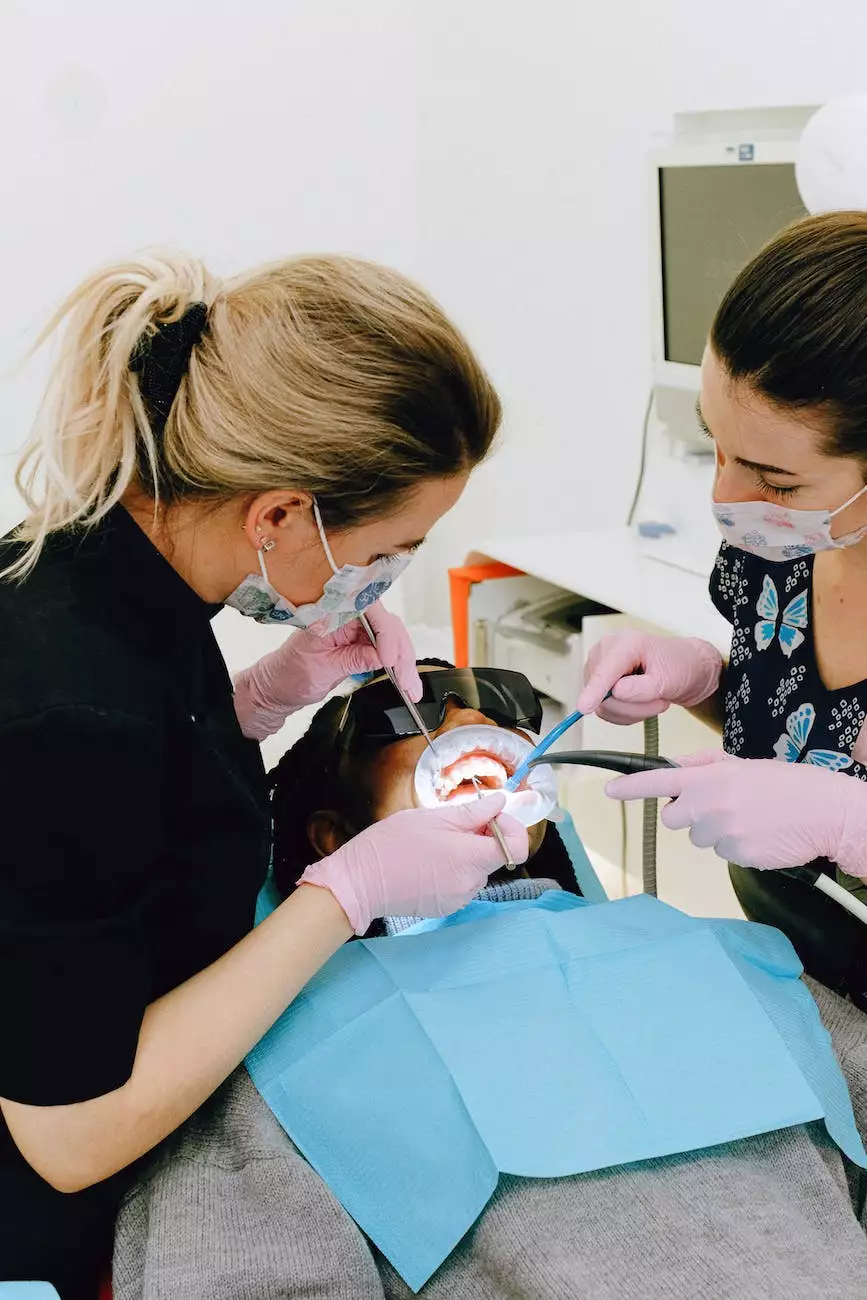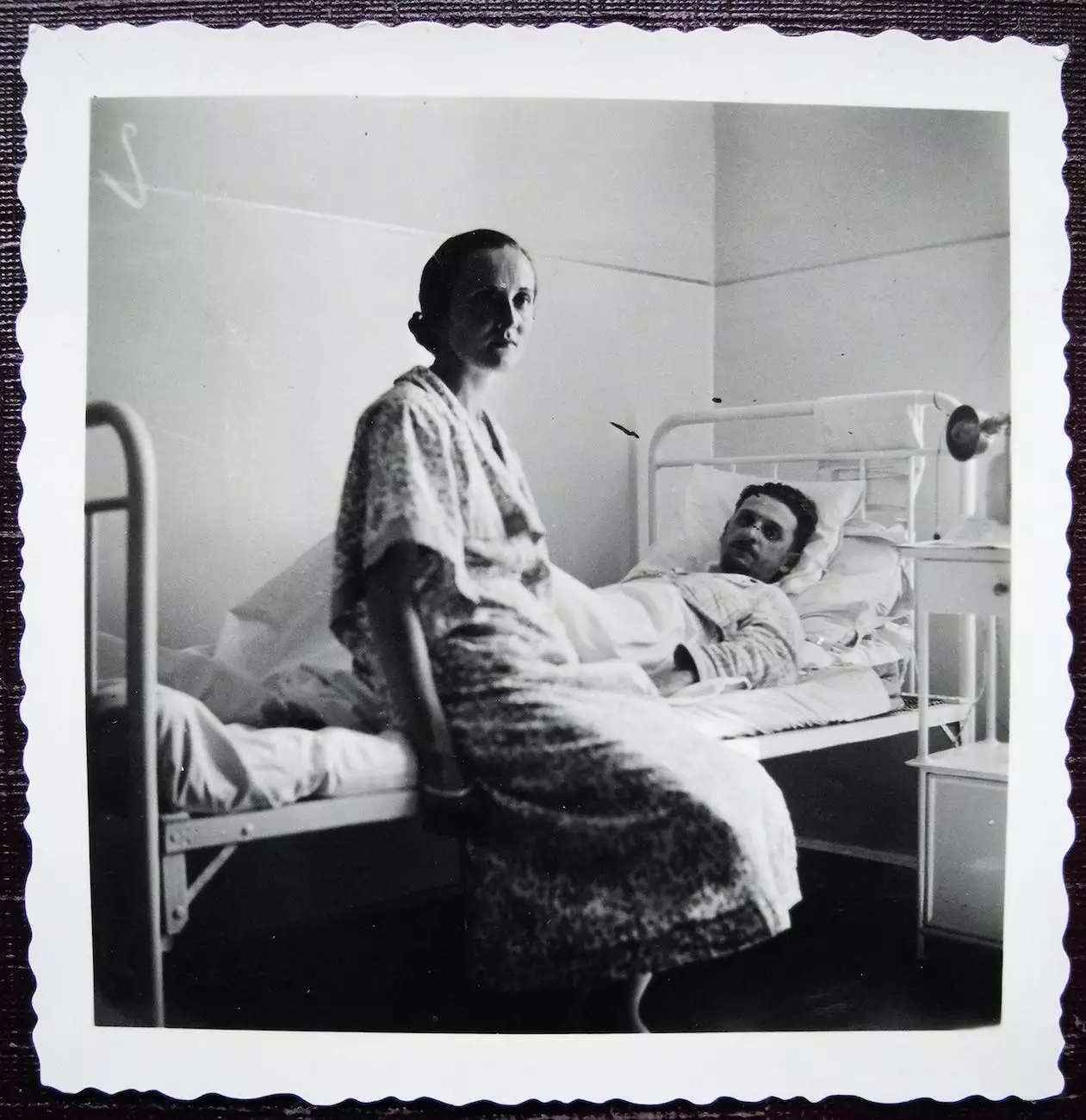Postoperative Discharge Instructions for Plate Removal

Introduction
Welcome to Foley James D MD, your trusted source for postoperative discharge instructions for plate removal surgeries. We understand that undergoing plate removal is an important step in your surgical journey, and we are here to guide you through the recovery process with care and expertise.
Understanding Plate Removal Surgery
Plate removal surgery is typically performed when a patient's bone has adequately healed after fracture or corrective procedures. The procedure involves removing metal plates and screws that were initially implanted to stabilize the bone during the healing process. While the surgery itself is relatively straightforward, proper postoperative care is essential to ensure a smooth recovery.
Postoperative Discharge Instructions
1. Incision Care
Keep the surgical site clean and dry to prevent infection. Follow your surgeon's instructions for cleaning the incision area, and avoid soaking it in water until it has fully healed. It is normal to experience some mild discomfort, swelling, and bruising around the incision site, but contact your surgeon if you notice any signs of infection such as increased redness, warmth, or pus.
2. Pain Management
Your surgeon may prescribe pain medication to manage any discomfort you may experience after plate removal. Follow the prescribed dosage and schedule, and do not hesitate to reach out if your pain is not adequately controlled or if you experience any unexpected side effects. Additionally, you can use over-the-counter pain relievers as directed by your doctor.
3. Physical Activity
While it is important to rest and allow your body to heal, gentle movement and careful exercises can aid in your recovery. Follow your surgeon's guidance on when to start and what types of activities are acceptable. Physical therapy may be recommended to build strength and range of motion in the affected area. Gradually increase your activity levels as instructed, but always listen to your body and avoid overexertion.
4. Dressings and Bandages
Keep any dressings or bandages clean, dry, and intact. If they become soiled or loose, contact your surgeon for guidance. Avoid applying creams or ointments to the incision area unless specifically instructed by your doctor. Proper care of dressings and bandages can help prevent infection and promote optimal healing.
5. Follow-up Appointments
Attend all scheduled follow-up appointments with your surgeon to monitor your progress and ensure that your recovery is on track. These appointments provide an opportunity for your doctor to assess your healing, address any concerns or complications, and guide you towards a successful recovery.
Conclusion
At Foley James D MD, we prioritize your well-being and aim to provide the highest quality of care throughout your surgical journey. These postoperative discharge instructions for plate removal surgery are designed to optimize your recovery process and minimize any potential complications. Remember, every patient is unique, so always consult your surgeon for personalized advice. We wish you a smooth and speedy recovery.










